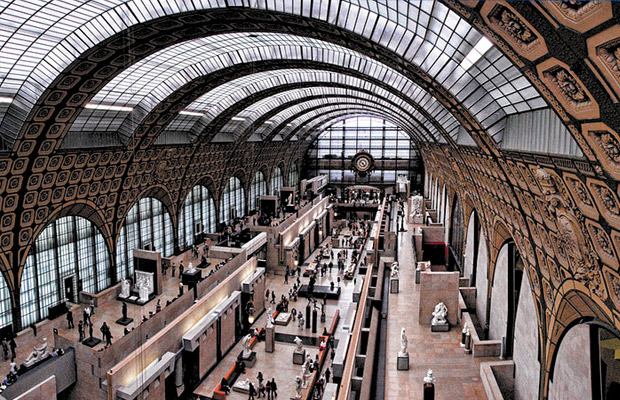Musée d'Orsay
Musée d'Orsay
France
Paris
Paris Travel Guide
Book Tour & Activities
Your tour in Paris.
Book your stay
Your hotel in Paris.
Overview
The Musée d'Orsay is a museum in Paris, France, on the Left Bank of the Seine. It is housed in the former Gare d'Orsay, a Beaux-Arts railway station built between 1898 and 1900. The museum holds mainly French art dating from 1848 to 1914, including paintings, sculptures, furniture, and photography.
The Musée d'Orsay is a museum in Paris, France, on the Left Bank of the Seine. It is housed in the former Gare d'Orsay, a Beaux-Arts railway station built between 1898 and 1900. The museum holds mainly French art dating from 1848 to 1914, including paintings, sculptures, furniture, and photography. It houses the largest collection of Impressionist and post-Impressionist masterpieces in the world, by painters including Monet, Manet, Degas, Renoir, Cézanne, Seurat, Sisley, Gauguin, and Van Gogh. Many of these works were held at the Galerie nationale du Jeu de Paume prior to the museum's opening in 1986. It is one of the largest art museums in Europe. Musée d'Orsay had more than 3.6 million visitors in 2019.
History
The museum building was originally a railway station, Gare d'Orsay, constructed for the Chemin de Fer de Paris à Orléans and finished in time for the 1900 Exposition Universelle to the design of three architects: Lucien Magne, Émile Bénard and Victor Laloux. It was the terminus for the railways of southwestern France until 1939.
By 1939 the station's short platforms had become unsuitable for the longer trains that had come to be used for mainline services. After 1939 it was used for suburban services and part of it became a mailing centre during World War II. It was then used as a set for several films, such as Kafka's The Trial adapted by Orson Welles, and as a haven for the Renaud–Barrault Theatre Company and for auctioneers, while the Hôtel Drouot was being rebuilt.
In 1970, permission was granted to demolish the station but Jacques Duhamel, Minister for Cultural Affairs, ruled against plans to build a new hotel in its stead. The station was put on the supplementary list of Historic Monuments and finally listed in 1978. The suggestion to turn the station into a museum came from the Directorate of the Museum of France. The idea was to build a museum that would bridge the gap between the Louvre and the National Museum of Modern Art at the Georges Pompidou Centre. The plan was accepted by Georges Pompidou and a study was commissioned in 1974. In 1978, a competition was organized to design the new museum. ACT Architecture, a team of three young architects (Pierre Colboc, Renaud Bardon and Jean-Paul Philippon), were awarded the contract which involved creating 20,000 square metres (220,000 sq ft) of new floorspace on four floors. The construction work was carried out by Bouygues. In 1981, the Italian architect Gae Aulenti was chosen to design the interior including the internal arrangement, decoration, furniture and fittings of the museum. In July 1986, the museum was ready to receive its exhibits. It took 6 months to install the 2000 or so paintings, 600 sculptures and other works. The museum officially opened in December 1986 by then-president François Mitterrand.
From 2020 on, the Musée d’Orsay is scheduled to undergo a radical transformation over the next decade, funded in part by an anonymous US patron who donated €20 million to a building project known as Orsay Grand Ouvert (Orsay Wide Open). The gift was made via the American Friends of the Musées d’Orsay et de l’Orangerie.
Address: 1 Rue de la Légion d'Honneur, 75007 Paris, France
Construction started: 1898
Hours: Closed ⋅ Opens 9:30AM Tue
Architectural style: Beaux-Arts architecture
Architects: Gae Aulenti, Victor Laloux, Émile Bénard
Video Travel Inspiration
See Musée d'Orsay on Map
Most Popular Cities

Siem Reap
Cambodia
Ho Chi Minh City
Vietnam
Beijing
China
Paris
France
London
United Kingdom
New York
USA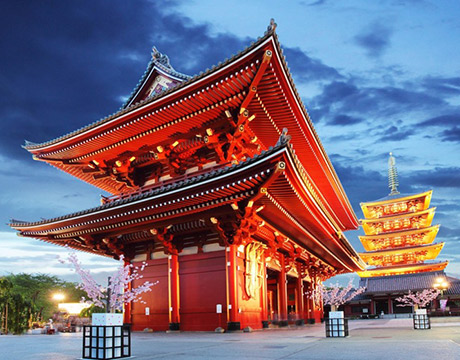
Tokyo
Japan
Bangkok
Thailand
Seoul
South Korea
Vientiane
Laos
Yangon
Myanmar
Washington DC
USA
Los Angeles
USA
Ottawa
Canada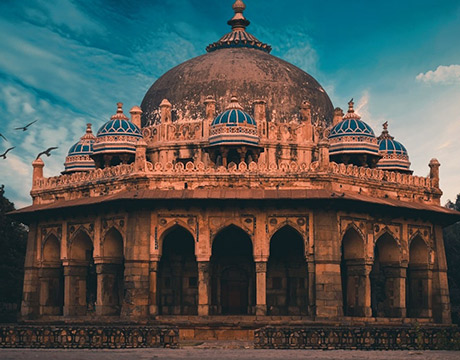
New Delhi
India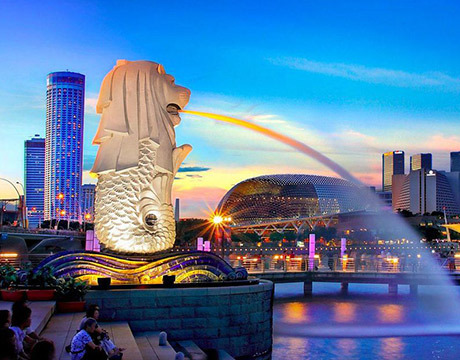
Singapore
Singapore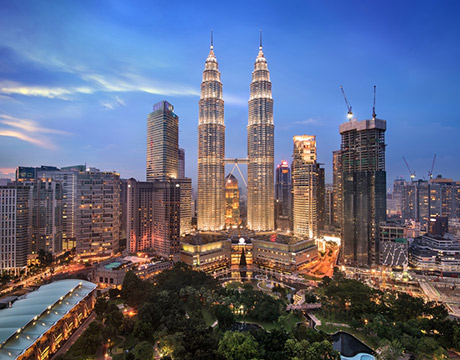
Kuala Lumpur
Malaysia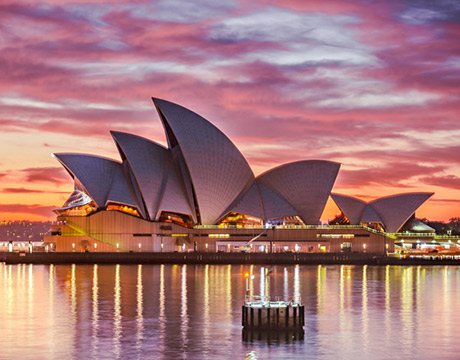
 English
English French
French Khmer
Khmer Thai
Thai Vietnamese
Vietnamese Chinese
Chinese Korean
Korean German
German Japanese
Japanese Italian
Italian Russian
Russian Spanish
Spanish Dutch
Dutch Indonesian
Indonesian Malay
Malay
